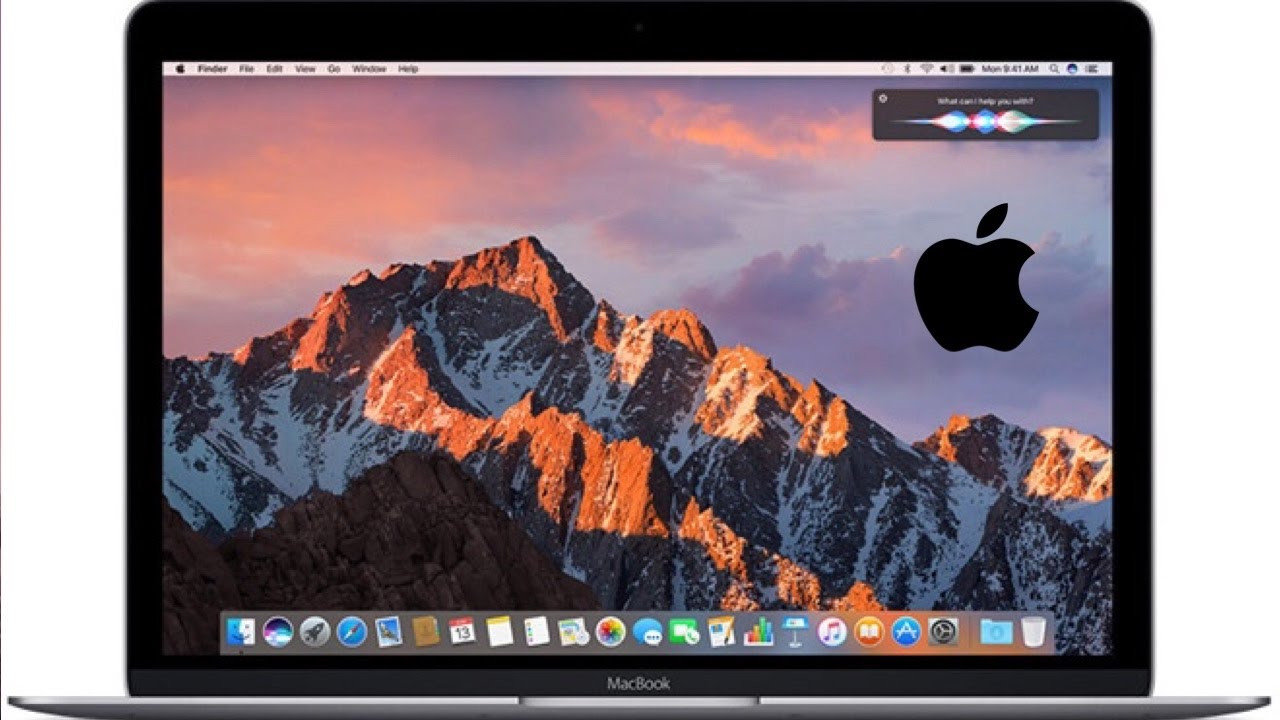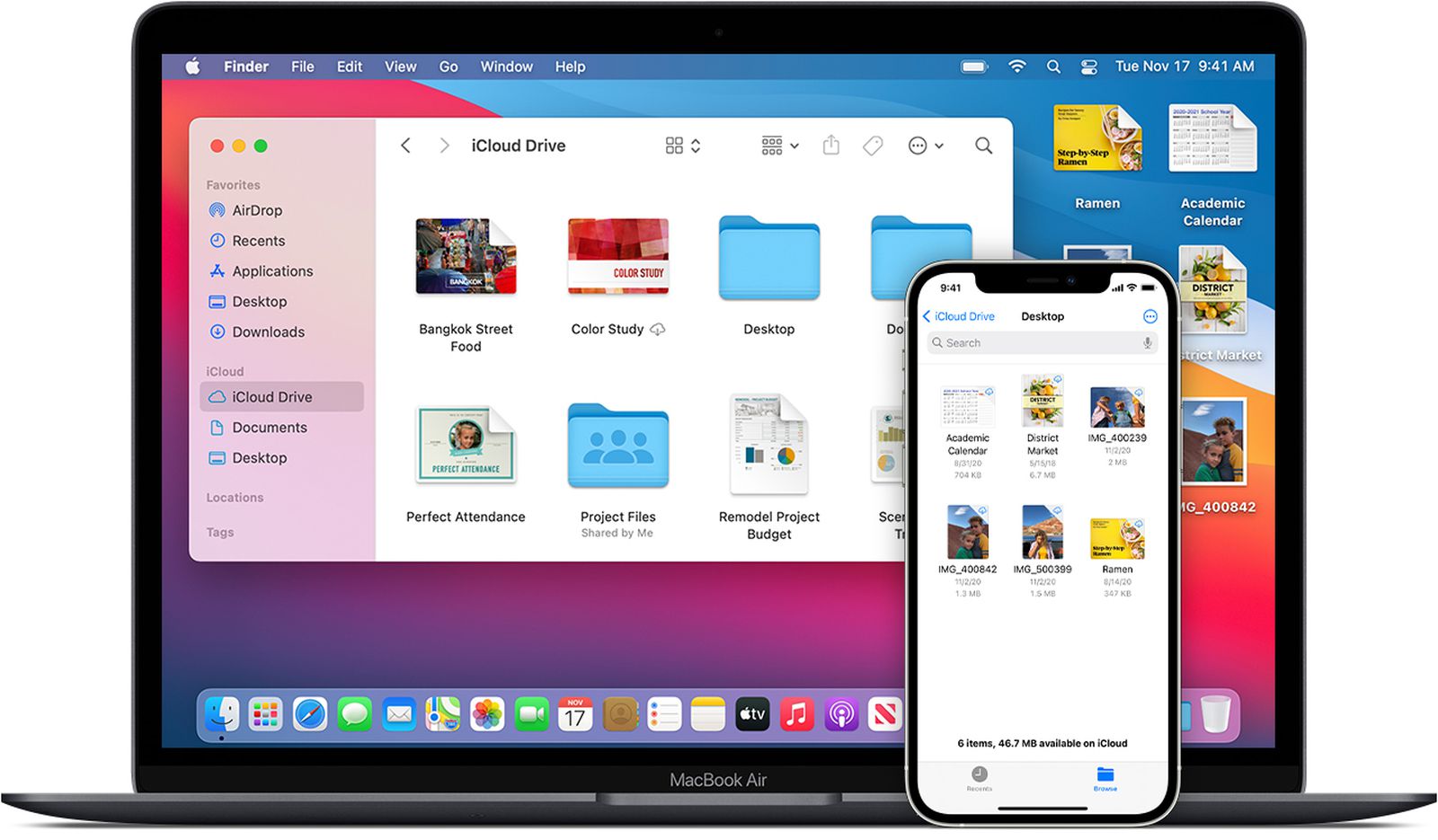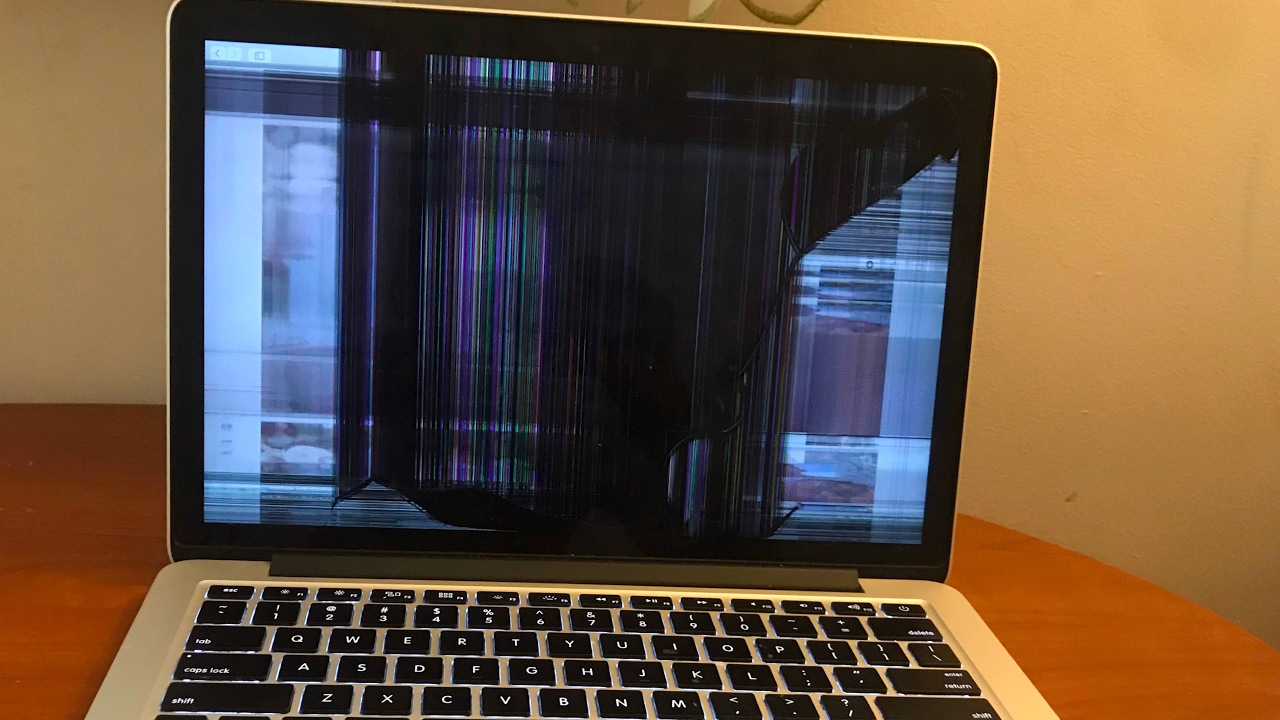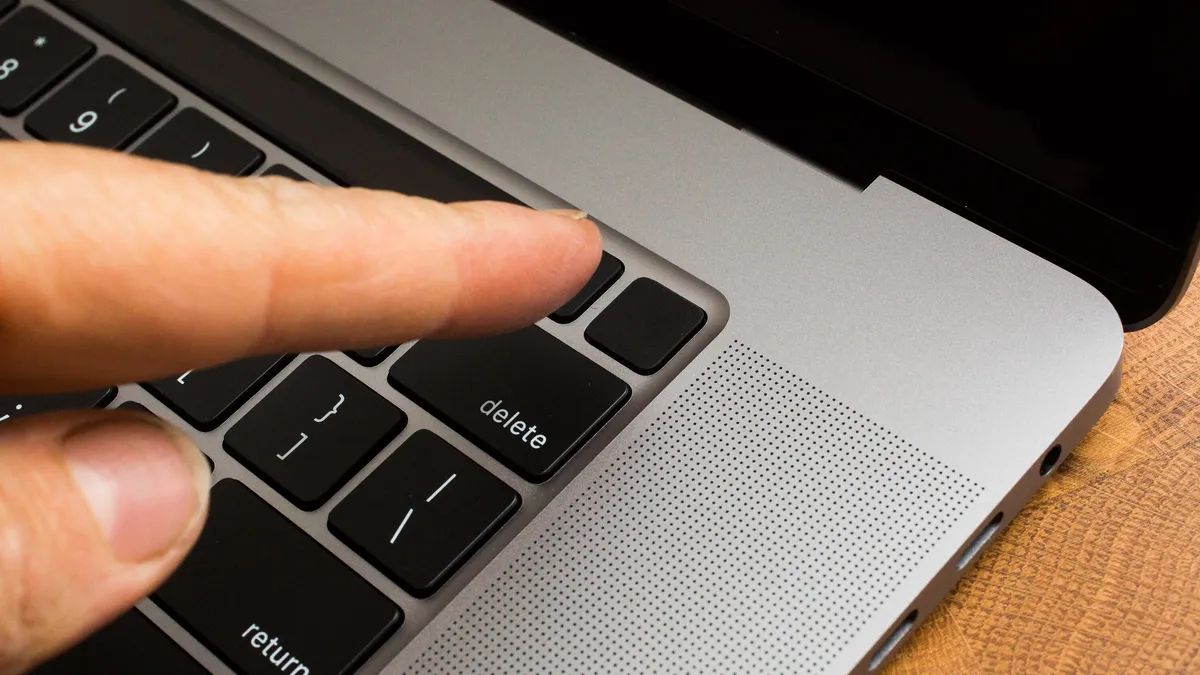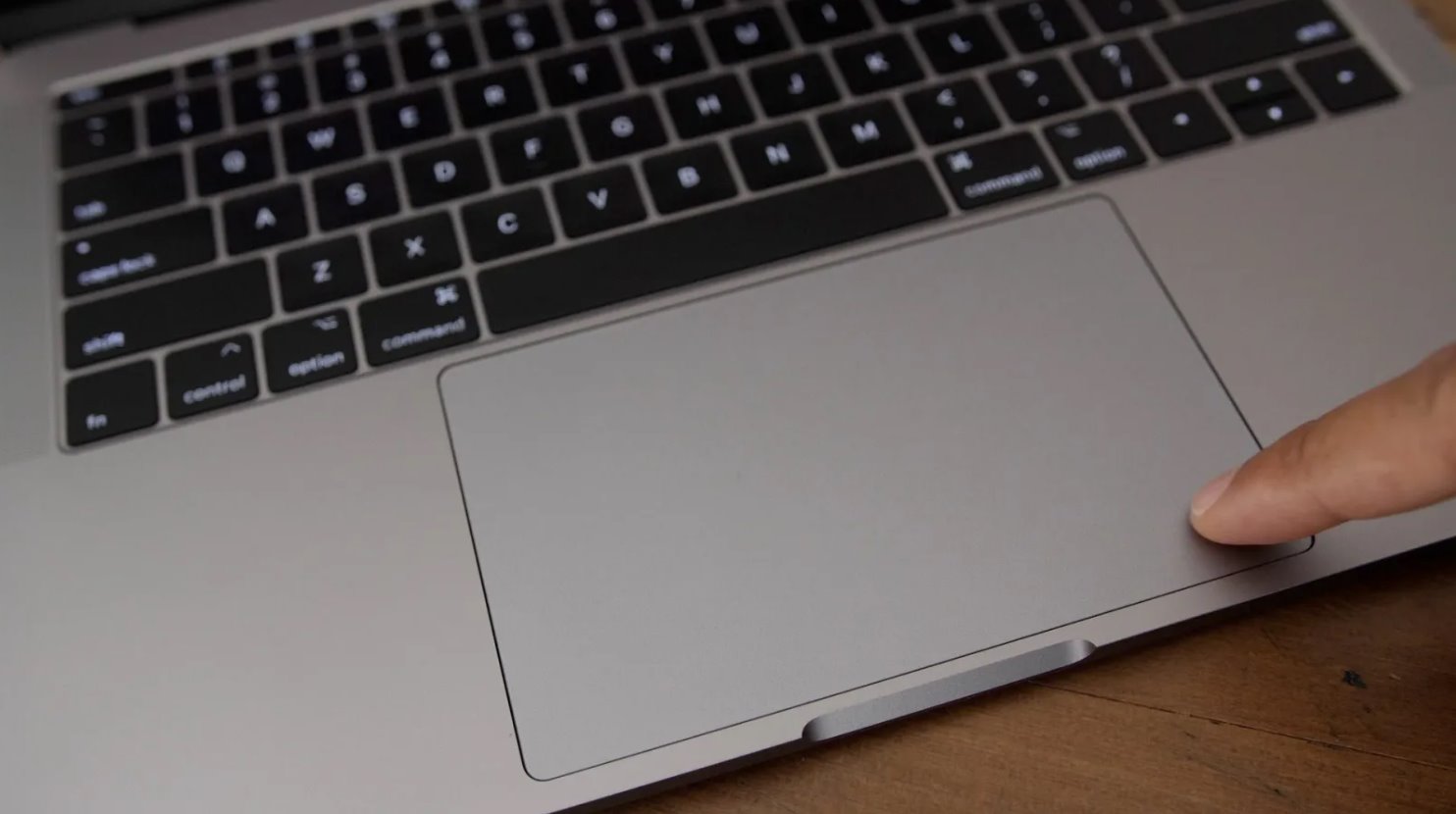Introduction
Welcome to this step-by-step guide on how to update your MacBook Pro. Keeping your operating system up to date is essential for optimal performance, security enhancements, and access to the latest features. Apple regularly releases updates for macOS, and it’s important to install them to ensure your MacBook Pro is running smoothly.
With each new macOS update, Apple introduces bug fixes, performance improvements, and new functionalities that can enhance your overall user experience. Additionally, updating your MacBook Pro is crucial for protecting your device against security vulnerabilities and potential threats.
In this guide, we will walk you through the process of updating your MacBook Pro. We’ll cover everything from checking your current macOS version to downloading and installing the updates. It’s a simple process, and by following these steps, you’ll have your MacBook Pro up to date in no time.
Before we get started, it’s worth noting that it’s always a good idea to backup your data before proceeding with any software updates. While rare, there’s a potential risk of data loss during the update process. So, it’s better to be safe than sorry.
Now, let’s dive into the step-by-step instructions to update your MacBook Pro and ensure you’re making the most out of your device!
Step 1: Check your current macOS version
The first step in updating your MacBook Pro is to check the current version of macOS that is installed on your device. This will help you determine if there are any available updates that need to be installed.
To check your macOS version, follow these simple steps:
- Click on the Apple logo in the top-left corner of the screen.
- Select “About This Mac” from the drop-down menu. A new window will appear.
- In the Overview tab, you will see the macOS version listed, such as “macOS Mojave” or “macOS Catalina.”
Make a note of the current macOS version, as you will need this information later on in the update process.
It’s important to be aware that not all MacBook Pro models support the latest version of macOS. Apple typically provides compatibility information for each macOS release, so you can check if your device is eligible for the update. If your MacBook Pro is not compatible with the latest macOS version, you may still receive security updates for your current operating system.
Once you’ve determined your current macOS version, you can move on to the next step of the update process, which involves backing up your data.
Step 2: Backup your data
Before proceeding with any software update, it is highly recommended to backup your important data to ensure it’s safe in case anything goes wrong during the update process. While the chances of data loss are minimal, it’s always better to be prepared.
There are several methods to backup your data on a MacBook Pro:
- Time Machine: The easiest way to back up your data is by using Time Machine, which is a built-in feature of macOS. Connect an external hard drive to your MacBook Pro, and Time Machine will automatically create regular backups of your files, documents, and applications. To set up Time Machine, go to “System Preferences” and select “Time Machine.”
- iCloud: Another option is to backup your data using iCloud, Apple’s cloud storage service. iCloud can automatically back up your photos, documents, emails, and more. To enable iCloud backup, go to “System Preferences” and select “Apple ID,” then choose “iCloud” and enable the desired backup options.
- External Storage: If you prefer a manual backup method, you can manually copy your important files and folders to an external storage device, such as a USB flash drive or an external hard drive. Simply connect the external storage device to your MacBook Pro and drag and drop the files you want to backup.
Whatever backup method you choose, ensure that all your important files, documents, and any other data you don’t want to lose are safely backed up. Once you have confirmed that your data is securely backed up, you can proceed to the next step: connecting to a stable internet connection.
Step 3: Connect to a stable internet connection
In order to download and install the latest macOS update, you will need to ensure that your MacBook Pro is connected to a stable and reliable internet connection. A slow or unstable internet connection can cause interruptions or errors during the update process, so it’s important to have a strong connection.
Here are a few steps to help you connect to a stable internet connection:
- Wi-Fi: If you’re using a Wi-Fi network, make sure you are within range and connected to a reliable network. Check that the Wi-Fi signal is strong, and if necessary, move closer to the router or access point to improve the connection.
- Ethernet: If possible, connect your MacBook Pro to the internet using an Ethernet cable. This will provide a more stable and faster connection compared to Wi-Fi. Simply plug one end of the Ethernet cable into your MacBook Pro and the other end into a router or modem.
- Mobile hotspot: If you don’t have access to Wi-Fi or Ethernet, you can use your smartphone as a mobile hotspot. Enable the hotspot feature on your smartphone and connect your MacBook Pro to it via Wi-Fi. However, keep in mind that using a mobile hotspot may consume a significant amount of data, so ensure you have an adequate data plan.
Once you have established a stable internet connection, you are ready to move on to the next step of the update process, which involves opening the App Store.
Step 4: Open the App Store
Now that you’re connected to a stable internet connection, it’s time to open the App Store on your MacBook Pro. The App Store is where you can find and download various applications and software updates, including the latest macOS updates.
To open the App Store, follow these simple steps:
- Click on the “Finder” icon in the dock, which is usually located at the bottom of the screen.
- In the top menu bar, click on “Go” and select “Applications.” This will open the Applications folder.
- Scroll through the list of applications and locate the “App Store” icon. It’s a blue icon with a white letter “A” on it.
- Click on the “App Store” icon to launch the application.
Once the App Store is open, you will have access to a wide range of apps, including the latest macOS update. Now, it’s time to move on to the next step of the update process: searching for the new macOS update.
Step 5: Search for new macOS update
Now that you have the App Store open on your MacBook Pro, it’s time to search for the latest macOS update. The App Store makes it easy to find and download the latest software updates for your operating system.
Follow these steps to search for the new macOS update:
- In the top-left corner of the App Store, you will see a magnifying glass icon. Click on this icon to open the search field.
- Type “macOS” or “macOS update” in the search field and hit the Enter or Return key on your keyboard.
- A list of search results will appear, including the latest macOS update. Look for the update that corresponds to your current macOS version.
- Click on the macOS update to view more details and information about the update.
On the update page, you will see information about the update’s size, improvements, and new features. It’s always a good idea to read through this information to familiarize yourself with what the update entails.
If you don’t see any macOS updates listed, it’s possible that your MacBook Pro is already running the latest version of macOS, or there might be a delay in the availability of the update. In such cases, you can check for updates again later or proceed to the next step to ensure your MacBook Pro is up to date.
Once you have found the new macOS update, you’re ready to move on to the next step: downloading and installing the update.
Step 6: Download and Install the update
After finding the latest macOS update in the App Store, it’s time to download and install it on your MacBook Pro. The download and installation process may take some time, so make sure you have a stable internet connection and your MacBook Pro is connected to a power source to avoid any interruptions.
To download and install the update, follow these steps:
- Click on the “Get” or “Download” button next to the macOS update.
- The download process will begin, and you can monitor the progress in the “Updates” tab of the App Store.
- Once the download is complete, the installation process will automatically start. If it doesn’t, you can manually open the downloaded package file (usually found in the “Downloads” folder) and follow the on-screen instructions to initiate the installation.
- During the installation, your MacBook Pro might restart multiple times. Make sure not to interrupt the process and allow the installation to complete.
- Depending on the size of the update and the speed of your internet connection, the download and installation process can take a while. Patience is key, and it’s essential to avoid shutting down or restarting your MacBook Pro until the installation is finished.
Once the installation is complete, your MacBook Pro will be running the latest version of macOS with all the new features, improvements, and security enhancements that come with it.
Now that the update is installed, it’s time to move on to the next step: restarting your MacBook Pro.
Step 7: Restart your MacBook Pro
After successfully downloading and installing the latest macOS update, it’s important to restart your MacBook Pro to ensure that all the changes take effect. Restarting your device will help in finalizing the installation process and ensure that the updated operating system is fully functional.
To restart your MacBook Pro, follow these simple steps:
- Close any open applications and save your work.
- Click on the Apple logo in the top-left corner of the screen.
- Select “Restart” from the drop-down menu.
Your MacBook Pro will now begin the restart process. It’s important not to interrupt this process by pressing any buttons or turning off your MacBook Pro prematurely.
Once your MacBook Pro has restarted, you will be greeted with the login screen. Enter your username and password to log in and access the updated macOS.
During the restart, your MacBook Pro may take a bit longer than usual as it completes the necessary configurations after the update. This is normal, and you should allow the process to complete without interruption.
After the restart, you’re ready to enjoy the latest version of macOS with all its new features, improvements, and security enhancements. Take a few moments to explore and familiarize yourself with the updated operating system.
Congratulations! Your MacBook Pro is now updated and ready to provide you with the best user experience possible.
Step 8: Complete the installation process
After restarting your MacBook Pro, there are a few final steps to complete the installation process and ensure that everything is properly set up. These steps are essential to finalize the update and ensure a smooth transition to the updated macOS version.
Follow these steps to complete the installation process:
- After logging into your MacBook Pro, open the App Store again.
- In the top menu bar, click on “Updates.” This will display any remaining updates that need to be installed.
- If there are any pending updates listed, click on the “Update” or “Install” button next to each update to initiate their installation.
- Allow the updates to download and install. Depending on the size and number of updates, this may take some time.
It’s important to ensure that all available updates, including app updates and system updates, are installed to keep your MacBook Pro up to date and running smoothly.
Once all the updates have been installed, you have successfully completed the installation process for the latest macOS update.
At this point, you can proceed to use your MacBook Pro as usual, taking advantage of the new features, performance improvements, and security enhancements that come with the updated operating system.
Remember to periodically check for new updates in the App Store to ensure that you are always running the latest version of macOS and benefitting from all the updates and enhancements that Apple releases.
Congratulations! You have successfully updated and completed the installation process for your MacBook Pro.
Conclusion
Updating your MacBook Pro’s operating system is an essential task to ensure optimal performance, enhanced security, and access to the latest features. With each new macOS update, Apple introduces bug fixes, performance improvements, and new functionalities that can greatly improve your overall user experience.
In this step-by-step guide, we have walked you through the process of updating your MacBook Pro. We started by checking your current macOS version and ensuring compatibility with the latest update. We then emphasized the importance of backing up your data to avoid potential loss during the update process. We discussed the significance of connecting to a stable internet connection and opening the App Store to search for the latest macOS update.
Once the update was found, we guided you through the steps of downloading and installing the update, ensuring that your MacBook Pro was up to date. Additionally, we discussed the importance of restarting your device to complete the installation process effectively.
Finally, we covered the last step in the process: completing the installation by checking for any pending updates and ensuring their installation. This comprehensive guide empowers you to maintain your MacBook Pro’s software in top shape.
Now that your MacBook Pro is updated, you can take full advantage of the latest features and enhancements that the updated macOS provides. Remember to regularly check for new updates to stay up to date with the latest improvements and security patches from Apple.
By following this guide, you have successfully completed the update process and are now ready to enjoy the optimized performance and new capabilities of your MacBook Pro.







